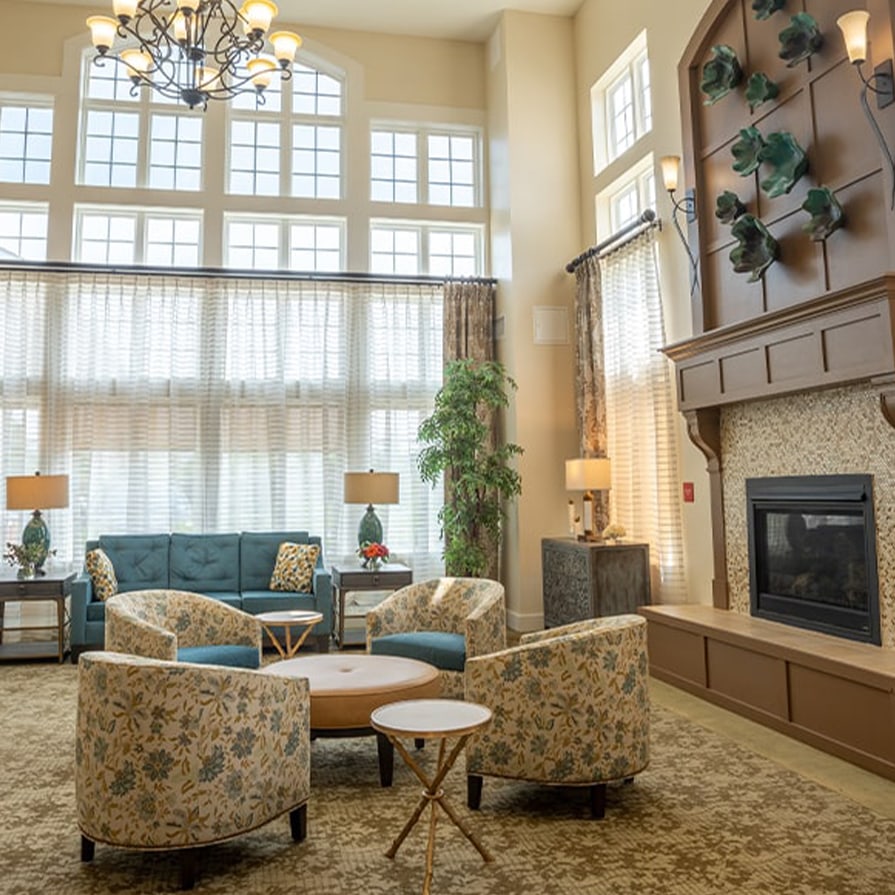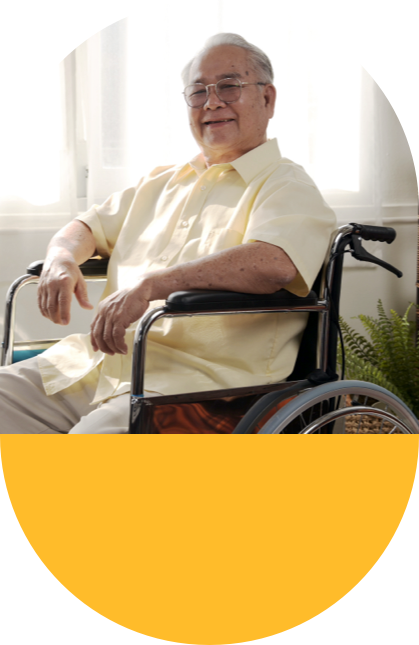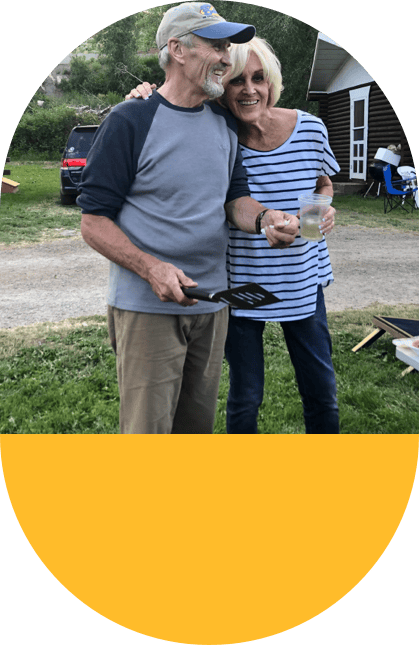Memory care is a specialized type of care catering to individuals with memory impairment. This condition can affect people in different ways, ranging from mild forgetfulness to severe dementia. Memory care communities are designed specifically for individuals who need assistance with daily tasks due to their memory loss.
Read on to learn more about memory care, how it’s different from other types of older adult care, and its many benefits.
What Is Memory Care?
Memory care is an umbrella term that encompasses various services and treatments aimed at supporting individuals with memory impairment. It is often also referred to as dementia care, Alzheimer’s care, or memory support.
Memory care communities offer a safe and secure environment for older adults who struggle to live independently due to cognitive decline.
How Is Memory Care Different from Other Types of Older Adult Care?
Memory care is different from other types of older adult care in terms of the level of assistance and support it provides. While assisted living and independent living offer a certain degree of help with daily tasks, memory care takes this assistance to the next level.
It caters specifically to individuals with memory impairment, providing personalized care plans tailored to their unique needs.
Who Is Memory Care For?
Memory care is for older adults who have been diagnosed with Alzheimer’s disease or other forms of dementia, such as vascular dementia, Lewy body dementia, or Parkinson’s disease. It is also suitable for those with other memory disorders, including mild cognitive impairment or age-related memory loss.
Memory care is especially beneficial for individuals who:
- Struggle to perform daily tasks due to memory impairment
- Require round-the-clock support
- May become disoriented
- Need specialized care and therapies for their cognitive decline
What Services Are Offered in Memory Care Communities?
Memory care communities offer various services and amenities to help individuals with memory impairment maintain their independence and quality of life. These may include:
- Medication management
- Assistance with daily tasks, such as bathing, dressing, and grooming
- Personalized care plans tailored to the individual’s specific needs
- 24-hour supervision by trained caregivers
- Secure environment to prevent disorientation
- Life enrichment activities designed to stimulate cognitive function and memory
- Nutritious meals and snacks tailored to dietary needs and preferences
- Housekeeping, laundry, and maintenance services
- Transportation for medical appointments or outings
What Are the Benefits of Memory Care?
Choosing a memory care community for your loved one can have many benefits, including:
- Personalized care: Memory care communities provide individualized care plans based on each resident’s unique needs, ensuring they receive the right level of support and assistance.
- Safety and security: Memory care communities are designed to provide a safe and secure environment for individuals with memory impairment. This can help prevent accidents and disorientation.
- Socialization: Memory care communities offer opportunities for social interaction through group activities, shared meals, or outings. This can help combat feelings of isolation and loneliness often experienced by individuals with memory loss.
- Specialized care: Memory care communities have staff trained to work specifically with individuals with memory impairment. They understand how to communicate and interact with residents in a way that promotes cognitive function and emotional well-being.
- Peace of mind: Knowing that a loved one receives quality care in a safe and supportive environment can bring peace of mind to family members and caregivers.
- Life enrichment activities: Memory care communities often offer a variety of engaging activities designed to stimulate cognitive function and memory. These can include music therapy, art classes, or reminiscence groups.
- Nutritious meals: Many memory care communities have specialized menus to meet the dietary needs and preferences of individuals with memory loss. This can help ensure residents are receiving proper nutrition and hydration.
- Family support: Memory care communities often provide resources and support for family members and caregivers, including education on memory care, support groups, and respite services.
- Continuum of care: Some memory care communities are part of a larger community that offers a continuum of care. This means if the resident’s needs change, they can easily transition to a higher level of care without moving to a new community.
Discover Compassionate Memory Care at Juniper Village at Louisville
Memory care communities can provide a safe and supportive environment for individuals with memory loss. At Juniper Village at Louisville, we understand the unique needs of our memory care residents and strive to provide personalized care that promotes their overall well-being.
Our trained staff, engaging activities, nutritious meals, and family support resources are just a few of the benefits our community offers. If you or a loved one is in need of memory care services, consider Juniper for peace of mind and quality care.
Schedule a tour today to learn more about our community and how we can help support your loved one.











